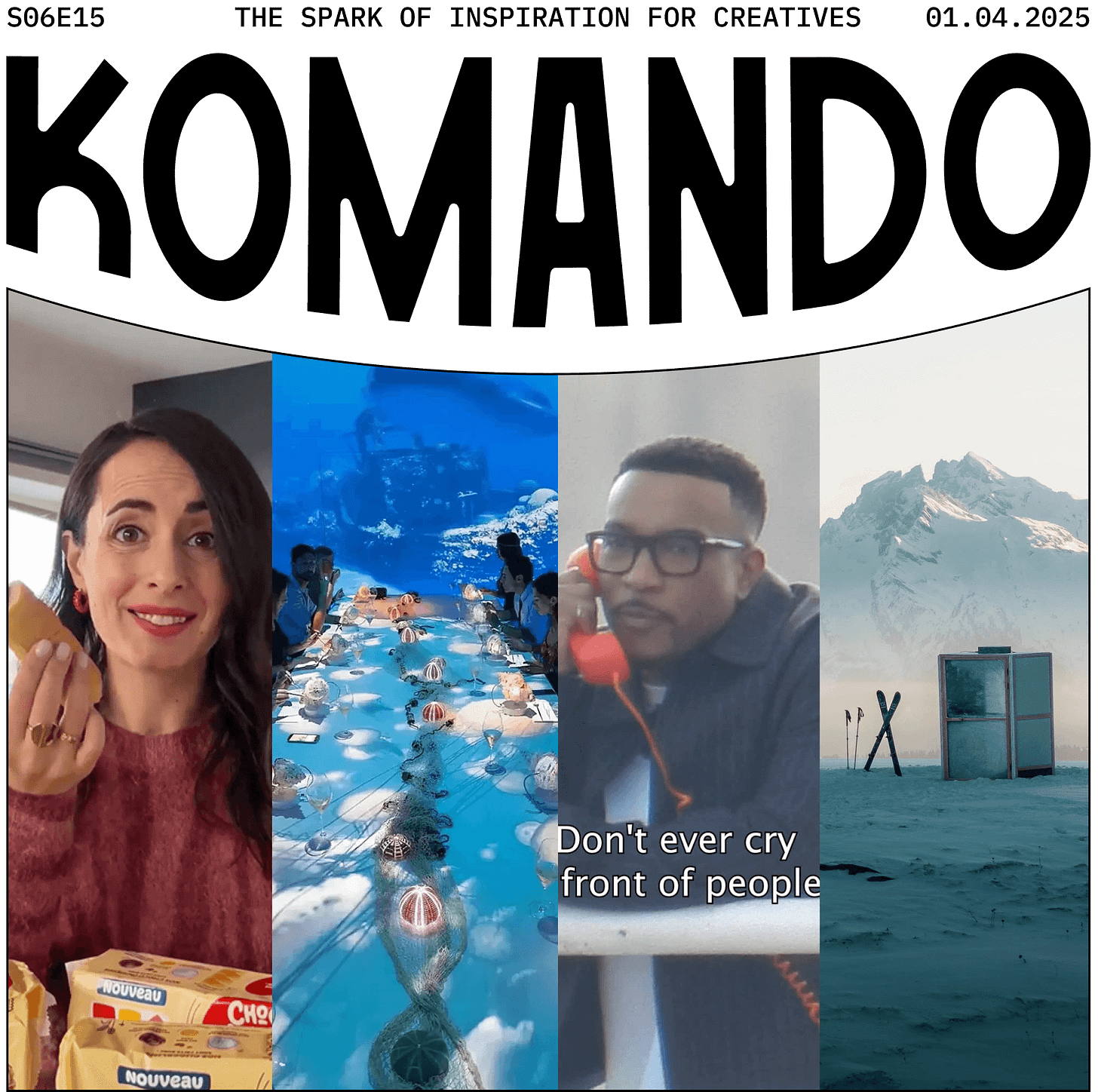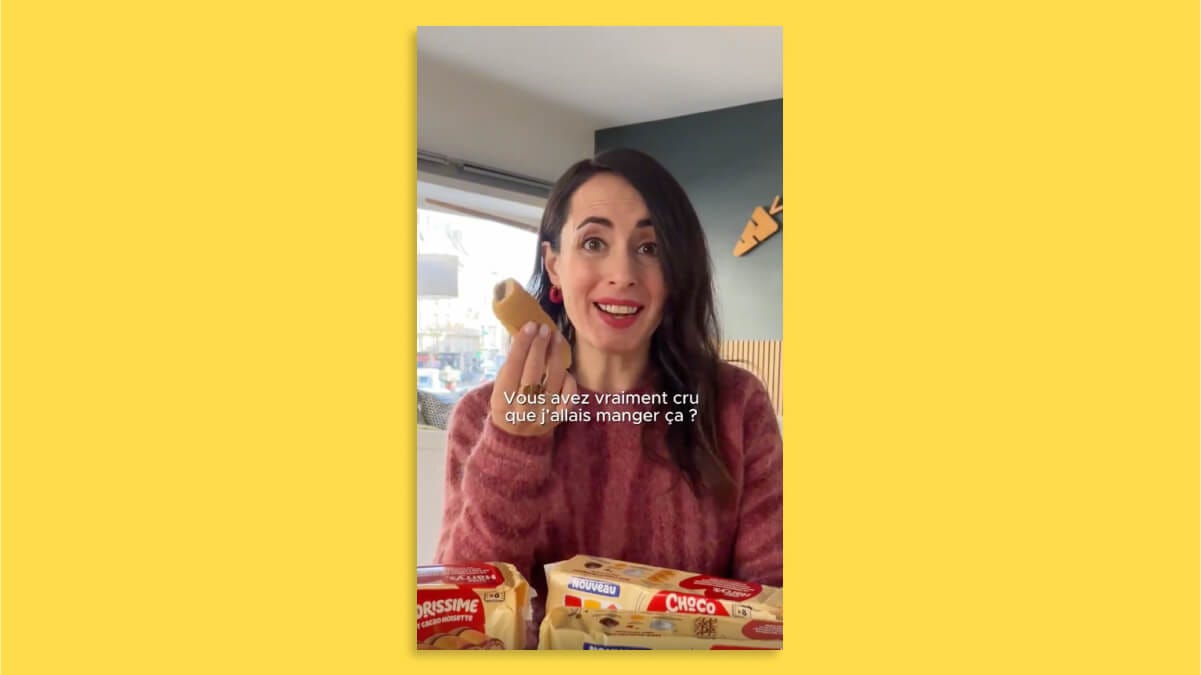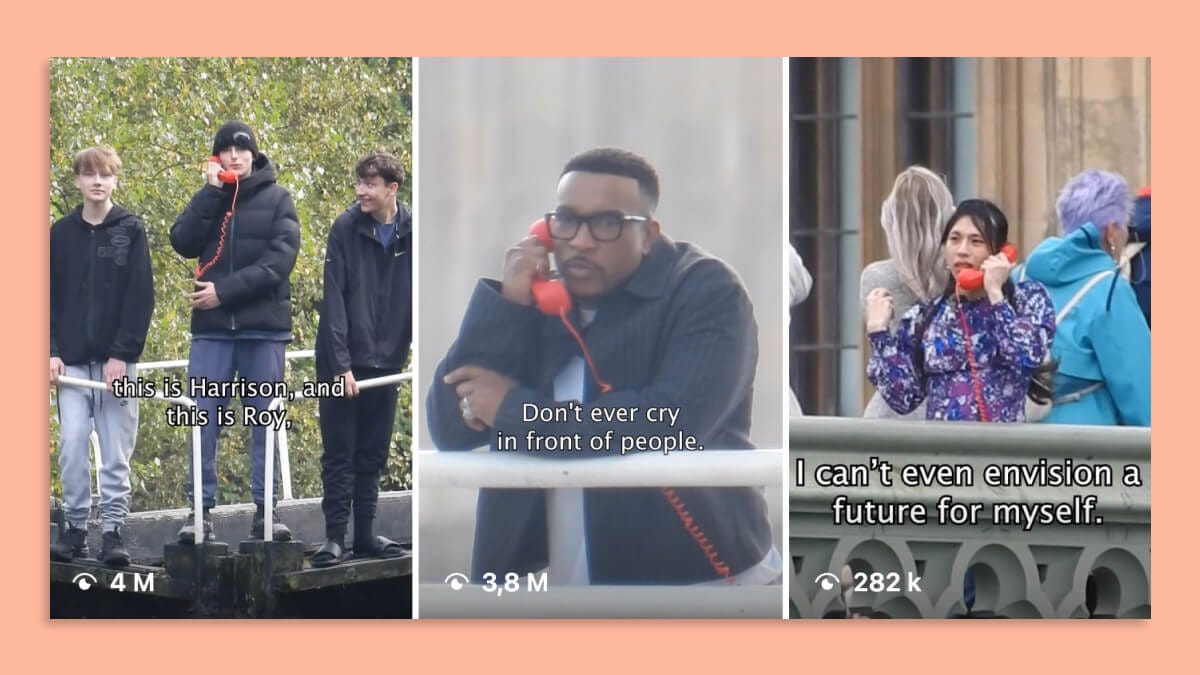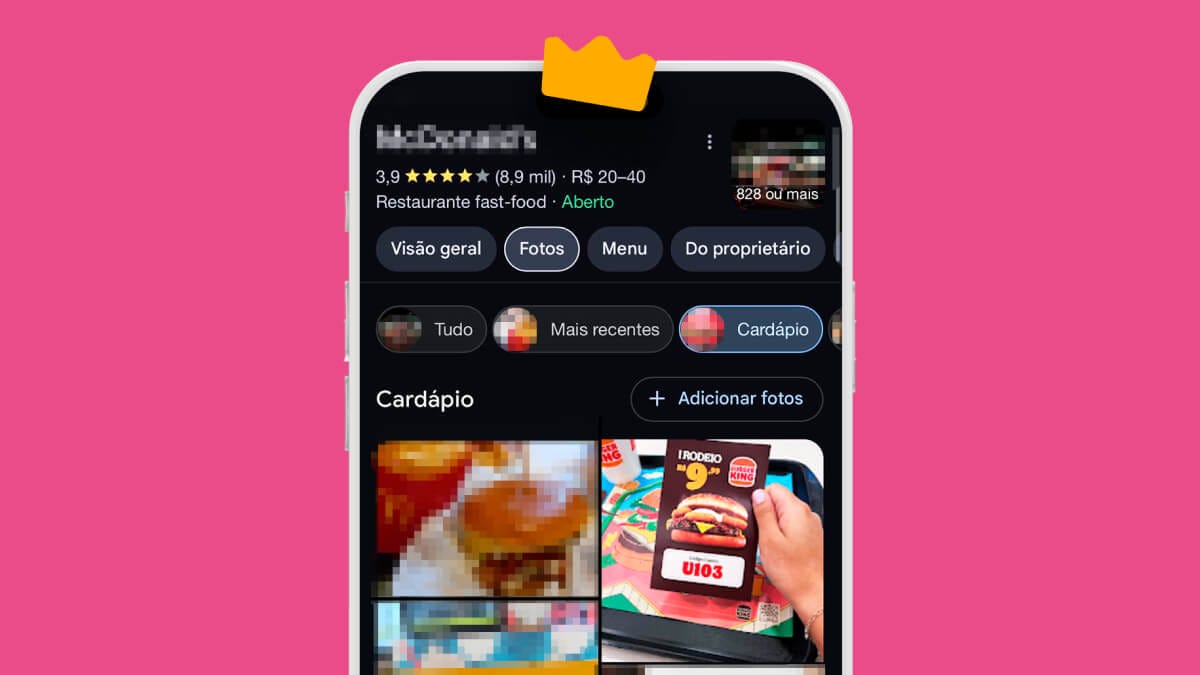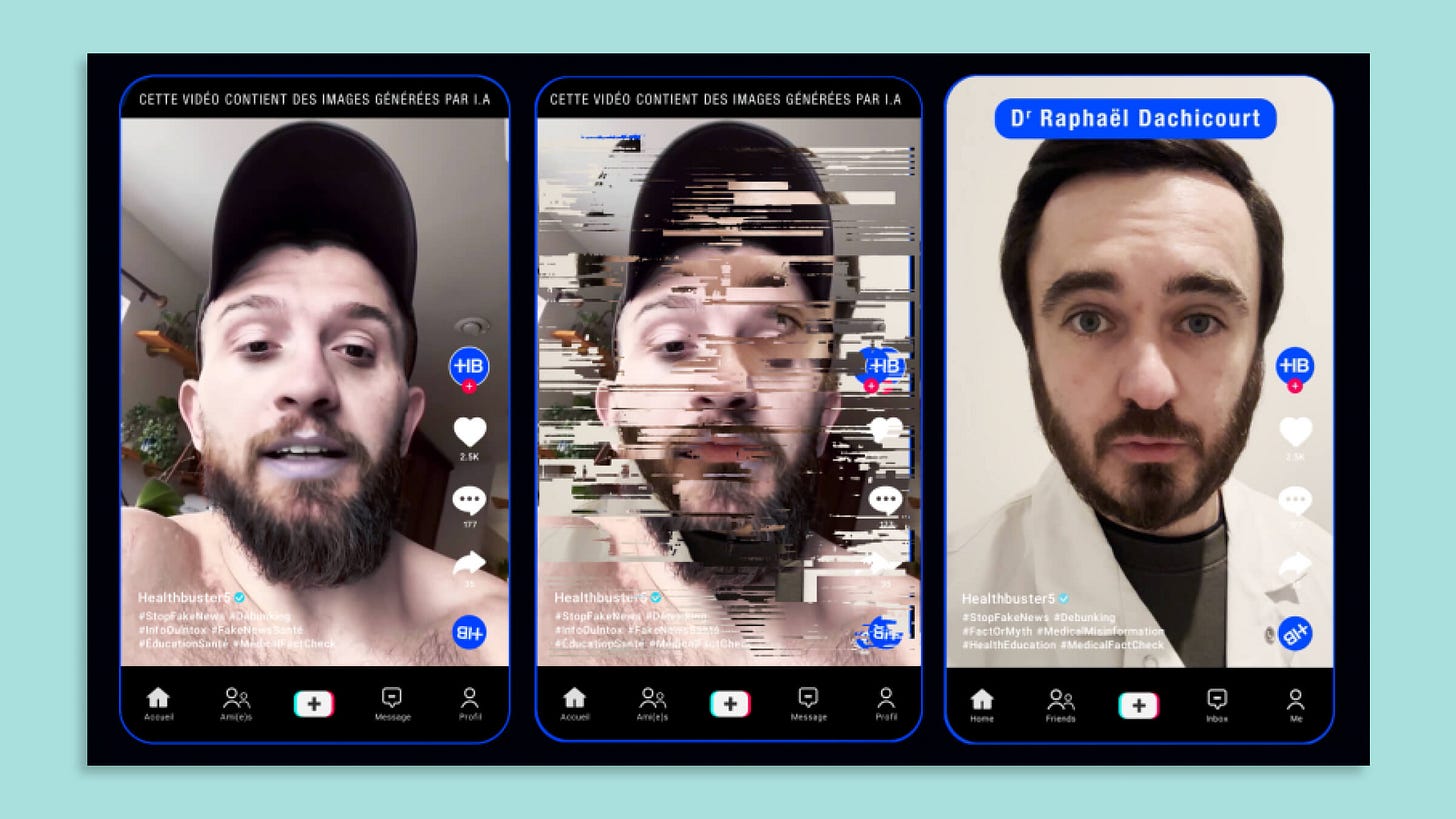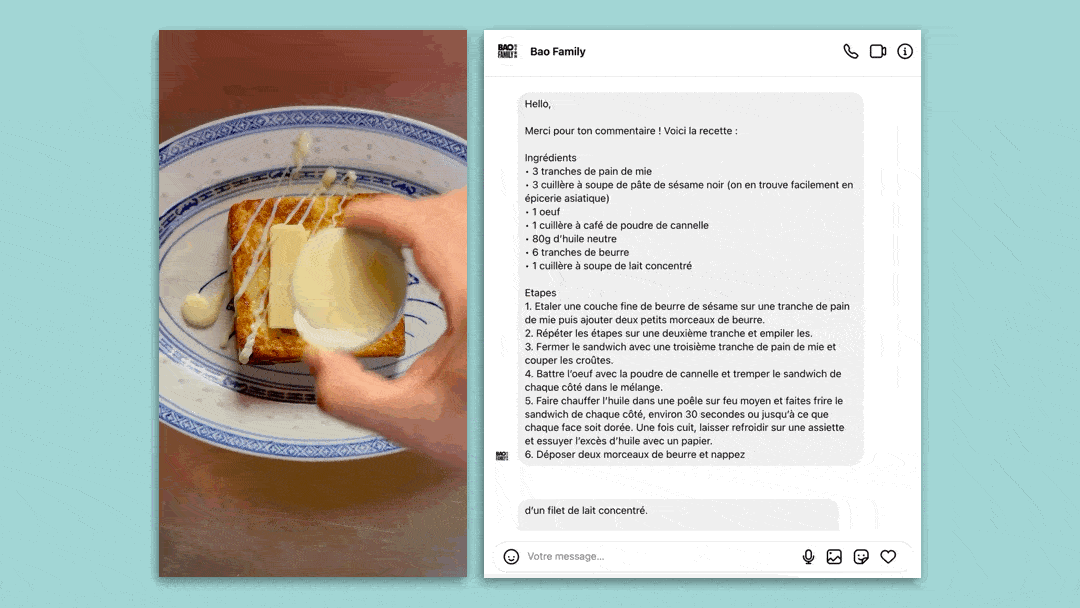Signatures formats
We look at the publicity stunt for the Netflix series Adolescence with a viral Instagram account, a CEO who uses LinkedIn for lobbying or the behind the scenes at the world's most creative restaurant.
Hello there!
While I love the newsletter format, I have to admit that I don't actually read many of them. Because it's rare that I find one that's of equal quality over time. So today I'm sharing with you the 4 that I almost never miss:
Pomelo, the newsletter from Ezéchiel Zérah, the best-informed journalist on the food scene, with nuggets every time (adding to my list of restaurants to try...) and clear-cut opinions. It's the only newsletter I pay for, to tell you how much I love it. In its latest edition, I loved the idea of imagining a Michelin flunk-out dinner, the backstage at Elon Musk's first restaurant or that cute egg vase he spotted at the Publicis Drugstore.
Carte blanche, a UFO by Constance Dovergne, whose sharp writing always makes me laugh. As lifestyle editor of Elle, she takes us on wellness retreats to the depths of Malaysia or explains why you should leave your comfort zone and travel against your intuition, even if it means ending up in Alicante. In short, as someone who has an aversion to over-tourism and Instagramming, Constance's constant counterpoint in such a clichéd world is a delight (and I also recommend that you follow her adventures via her Insta stories).
Temps additionnel, by Romane Le Padellec, which selects and deciphers the best activations in sport and entertainment, two sectors I don't particularly monitor. Every time I read it, I discover ideas that can be transposed to other sectors (I'll mention one at the very end of this issue!). She has just launched Placeres, the first app to locate over 500 sporting events throughout France.
Louise Hourcade's newsletter, very personal and very...feel good (the kind of issue you can enjoy quietly in the sun at the weekend, with a coffee and a croissant, like the sweet 16-minute WhatsApp voice of a friend). What do I particularly like? His 15 discoveries of the week column: as many cultural recos (series, shows, etc.) as good addresses for cafés, coworking spaces or canteens. And then, sometimes, more intimate subjects, her questions or... her 46ᵉ break-up.
Enjoy your reading!
PS: I rarely talk about it, but I'm a regular speaker at companies, monitoring trends as part of breakfasts or seminars, helping managers with their communications, or training Comex on good LinkedIn practice. If you're interested, drop me a line.
Oh, and I'm speaking on 10 April at France Digitale's CMO Day(programme and info), an afternoon of talks and workshops dedicated to CMOs, with a great line-up of speakers (the founder of Média positif, the CMO of OpenClassRoom, the co-founder of Voxe, the CMO of Happn...). I've got 8 free places for you here (first come, first served).
🫡 Kéliane — Mail / Instagram / Linkedin
The executive who uses LinkedIn to lobby
In short — I've been following Julie Chapon, the CEO of Yuka, for a while now. But it's only in the last 4 months, since she launched the "Balance ton additif" campaign, that I feel she's found her signature format: videos in which she takes on the bad boys of the food industry. How does she do this? By dissecting the labels of popular products such as the latest range of Harry's snacks, which are currently playing over and over again in TV commercials.
Why it matters — More than just denouncing the composition of these products, she is making it a battle by using her influence and her community to lobby manufacturers on Linkedin, asking them to withdraw risky additives. And it works: for example, she shares the products whose composition has been improved following their mobilisation. Since she embarked on this battle against risky additives, engagement with her Linkedin posts has also accelerated, with an average of 1,300 likes on these face cam' videos for an audience of 127,000 subscribers (more than the 82,000 subscribers on Yuka's page, proof if any were needed that we still prefer to follow a leader rather than a brand and that being active on the platform is no longer an option for CEOs...). And that's what I think is clever: using LinkedIn not just to talk about yourself, your news and your products, but to fight a battle and raise awareness about what we put on our plates.
→ See Julie's latest video (16k likes)
An old red telephone, a bridge... and reflections on the world
In short — Joe Bloom, a filmmaker, created A View from a Bridge, an Instagram account with a fairly simple concept: he set up an old red landline phone on a London bridge and invited anonymous people to share their opinions with the world. The account has gone viral on Instagram with over 450k followers and around a hundred Reels, some of which have exceeded 4 million views. I discovered it recently through a partnership with Netflix: for the release of Adolescence, the platform brought one of its star actors on deck to talk about 'male toxicity', one of the themes addressed in the series and one that he believes he himself faced as a child.
Why it matters — Because I think it's clever on Netflix's part in terms of promoting the series, both in terms of the channel (going to a third-party account that already has a big audience) and in terms of content (not talking about the series but about the themes addressed in the series). Because I like the way A View from a Bridge has developed its own signature format, taking inspiration from Humans of New York but with a desire to have deeper, less on-the-spot discussions. Joe films the participants from a distance of 500 metres, with the camera deliberately in low def', gradually zooming out from fairly personal confidences at the start to broader opinions on their view of the world and society. When asked about the reasons for the success of his account, Joe explains that the telephone - the fact that the physical object is held to the ear - helps people to have a tone of voice that is immediately conducive to confidence.
→ Discover the famous video with Netflix ( at the risk of getting lost on the account afterwards)
Decathlon turns its electric bikes into walking advertisements
In short - The brand has taken advantage of Mobile World Congress, a major trade show that brings a lot of professionals to the city, to promote its new electric bikes... by transforming them themselves into advertising media. How did they do it? With rear-mounted tarpaulins with hard-hitting messages ("This ad crosses the city in 15 minutes. What about you?", "This ad doesn't waste time in traffic jams. This ad could be you.") and bicycles criss-crossing the city... and its traffic jams.
Why it matters — Because it's simple and inexpensive, and we always like that. And above all, because by targeting motorists stuck in traffic jams, the brand is directly reaching an audience that is 1) captive 2) most likely to be interested in considering a change of mode of transport. So it's consistent with its objective and the audience for its bike.
Burger King slips its promotions... into its competitors' Google Maps photos
En résumé — In Brazil, Burger King came up with the crazy idea of placing ultra-targeted, geolocalised discount vouchers in the search results of over 1,000 competing restaurants on Google Maps.
Why it matters — The brand started from the observation that Brazilians often look at photos of restaurants on Google Maps to decide where to eat. And since it's not the most searched-for brand on Google, it had to be clever. Admittedly, it's a bit cavalier, and anyone other than BK, which is already known for its provocative and clever campaigns, would find it hard to replicate it, but I think it's clever to have a 100% organic campaign that makes use of the Local Guides feature in Google Maps.
Deep fakes to denounce fake news: when doctors attack miracle cures on TikTok
In short — 45% of medical advice published on TikTok is false or misleading, according to a Terra study. Garlic cloves in the nose, ingestion of methylene blue, deliberate disruption of the diet... So many so-called miracle tips and remedies (but with potentially dangerous consequences, particularly for a young audience that is even more vulnerable to false information) relayed by influencers with no medical expertise whatsoever. So the young GPs' union has launched @healthbuster5, TikTok and Instagram accounts to raise public awareness of the risks of false medical advice by confronting the authors with the reality of their own recommendations.
Why it matters — The syndicate had the idea of taking videos of influencers who had relayed absurd medical practices and modifying them so that the author explained the consequences of their so-called remedies: we thus see the influencer who advocated the use of garlic cloves to treat flu explaining that she was the victim of a nasal infection, or another who recommended the ingestion of methylene blue explaining the anaemia that resulted. The videos end with the revelation that these were real doctors who had taken on the guise of influencers to raise awareness of the danger of medical fake news and the importance of only trusting professionals on these sensitive subjects. On the other hand, I wasn't convinced by the idea of the channel and of creating dedicated accounts - which are bound to struggle to take off (1,900 subscribers on IG, 2,400 on TikTok) - instead of focusing solely on paid content or partnerships.
→ Watch the case study of the campaign
A campaign that is in fact a hidden eye test
In short — In Australia, the Optometry brand has launched the first outdoor campaign with a message that adapts to the health of your eyes. The concept? Posters designed with AI - to play with colours, contrasts, foreground and background - with the texts "eye examination", "eye test" or "eye care" visible only... if your eyesight is blurred.
Why it matters — The brand's premise is that we tend to wait for our eyesight to deteriorate before undergoing tests, whereas with early diagnosis many eye problems could be avoided. So rather than an injunction to go for tests, this little interactive experiment has the merit of being fun and of appealing to the main people concerned with different ads, broadcast both in print and on social networks, each designed to target different sight problems (e.g. depending on the viewing distance, the hidden text can reveal myopia or hyperopia problems).
→ See the campaign with a behind-the-scenes look at the AI artist who designed it
Bonus - One of the world's most creative restaurants closes its doors
Few have achieved their dreams. But that's the case of chef Paul Pairet, who launched Ultraviolet in Shanghai in 2012. This immersive, three-Michelin-starred restaurant (and one of the top 50 restaurants in the world) is a UFO of its kind, which he describes as "the project of his life".
Each evening, only 10 covers. The guests don't know the address. A van picks them up and takes them to a 1000 m2 state-of-the-art hangar. There they discover a unique 20-course tasting menu. Served at the same time to all the guests, in the very essence of a meal: a communion. All of this is done with a meticulous set design of interactive tables, where all the senses are brought together and each dish has its own audio, visual and olfactory universe. We take it in turns to find ourselves on a sandbank for a series of dishes based around the sea, then we go back to prehistory with beef marrow flambéed in front of us and, after an interval of a few minutes, we return to a room reminiscent of Grand Restaurant de Funès where the chef has had fun turning the classics of French cuisine on their head, before plunging into an Asian universe. The credits roll, just like at the movies, for this creative blockbuster.
What's more, all the media are talking about it as 'an experiment'... a term that Paul Pairet refutes, believing it to be overused. And I can't disagree with him.
So you're bound to feel a huge FOMO when you read this, because there's no longer any chance of experiencing it: the restaurant has been closed since 29 March. But who knows, such an original chef can't fail to take on another even crazier challenge... And if he does reopen one, I'd find it really cool if he took phones at the entrance and no images came out of the place or the dishes. Total mystery. No spoilers. A moment to be lived to the full with no pressure to immortalise it.
→ A glimpse of this extraordinary dinner in photos and video
IT MAY SEEM LIKE A DETAIL TO YOU, BUT...
🍳 " You want the recipe? Comment RECIPE under this post" - It's a little hack that I thought was very clever: Bao Family has released a Reels of its (very gourmet) Hong Kong French Toast... and offers to spin the recipe to those who leave a comment. Which I obviously did. Then, 1 second later (thanks to automation), the recipe arrived in our DMs. A clever way to generate the engagement that the platform's algo loves (500 likes, 150 comments, 64K views).
💌 Client email haïkus — “No rush at all, but if you could do this today, that would be great, thanks”, “make it fresh and new, but also like last year’s work. Same but different.” … Visiblement un peu à bout des retours parfois de ses clients, ce créatif les a transformés… en haïkus. Drôle (et pourrait aussi marcher pour une marque avec les avis clients).
🚴🏻 A season in the wheel of a pro cyclist - Thanks to
's newsletter, I discovered cyclist Victor Lafay's YouTube channel. I really liked his 1st vlog, where you can feel how comfortable and natural he is in front of the camera (in a world that takes me out of my comfort zone!). On the other hand, F1 driver Esteban Ocon has also launchedhimself on YouTube... but the result is too smooth, too corpo and ultimately not very embodied or intimate.👨🏻🚀 Thomas Pesquet lands on TikTok - The man who was already a big hit on Linkedin and Insta' is getting in on the action to reach Gen Z on TikTok (around twenty videos and 17k subscribers) by making the astronaut's job fun with little anecdotes and behind-the-scenes stories. He's still experimenting with his editorial line and formats, so stay tuned...
🏔️ A meeting room at 2000 m altitude - After suspending desks on a slackline and organising meetings at 2000 m altitude, the Slean start-up, which specialises in pushing back the boundaries of what is possible and reinventing work spaces, took advantage of the launch of its latest product, a modular partitioning system, to take on the challenge of setting up a mini meeting room at an altitude of 2,000 m, in an environmentally-friendly manner, i.e. without snowmobiles or helicopters. It's a great external publicity stunt, but also a good one in terms of corporate culture.
🍝 The man who was fed up with QR code menus in restaurants - Spoiler: I'm one of those people too. And it makes me laugh to see the idea of this man who made himself a mini-printer to get them out in paper format receipt.
🥪 Order up Love - That's the name of the pop up of comforting sandwiches launched by a creative... to solve her heartaches. The concept is completely crazy but I think it's really funny and above all well executed, with an AD that (FINALLY!) doesn't leave anyone indifferent.
📓 Le Carnet d'Elio, the new format of Belgium's Hugo Décrypte - Content creator Elio Acar(already known for his interviews with Belgian politicians) is launching a new series in partnership with RTBF to decrypt the major social issues of concern to young Belgians. The 1st episode is devoted to mental health, and features all the ingredients that have made his previous formats such a success: a great deal of editorial work, ultra-quality, fast-paced editing combining WhatsApp vocals with a little fish-eye vlogging from the sofa, great subtitles... In short, all the codes that are working today on IG and YT.
📦 Advertising in Vinted parcels - "Here's the world's first print-your-own ad": that's the idea of this storage brand, which has teamed up with Vinted to place its inserts... on shipping labels. Not a bad idea.
⭐️ The battle against Google reviews - The Mamiche bakery kindly (but firmly) explains how the notorious online reviews, left haphazardly or under a pseudonym, can have serious consequences for restaurants and businesses. Not a word to be taken back (and remember to ALSO leave reviews when you have positive experiences...).
🎭 A play translated live to reach new audiences - A Broadway theatre is testing a live translation, via AI, of its play "Perfect Crime", the longest-running play in New York, to make it accessible to non-English speakers. How can this be done? With a QR code where you can choose from 60 languages and listen to the live translation with headphones. Tur-fu for all shows?
That's all for today! See you on Tuesday 15 April for the next issue!
📬 Have you been forwarded this issue? Sign up to receive future issues (every 2 weeks, free of charge):
💌 There's one more thing you can do before you close this email: share these finds with a colleague or friend:
💬 Any questions? A comment? You can contact me by email, on Twitteror on Linkedin. And if you want to read previous issues, click here. Incidentally, there is also a French version of this newsletter.


